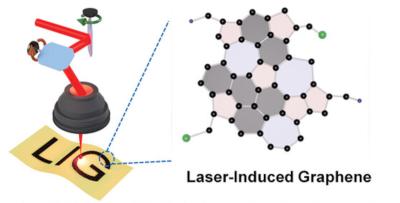SmartIR’s graphene-based radiator launches on SpaceX Falcon 9
SmartIR, a University of Manchester spinout, has announced that graphene-based adaptive radiator has launched aboard SpaceX’s Falcon 9 Transporter-12 as part of Mission 2, a collaboration with Hydra Space and Alba Orbital.

This mission addresses a critical challenge in the space sector: the need for cost-effective thermal management solutions. Current low-orbit satellites often rely on heaters, which increase power consumption, while long-orbit satellites utilize heavy and bulky systems such as thermal louvres. SmartIR’s graphene-based radiator offers a solution to this problem, enabling satellites to flexibly manage thermal energy. The technology fully vents heat from all surfaces when in Earth’s shadow and selectively shields only the side exposed to the sun during orbit.



